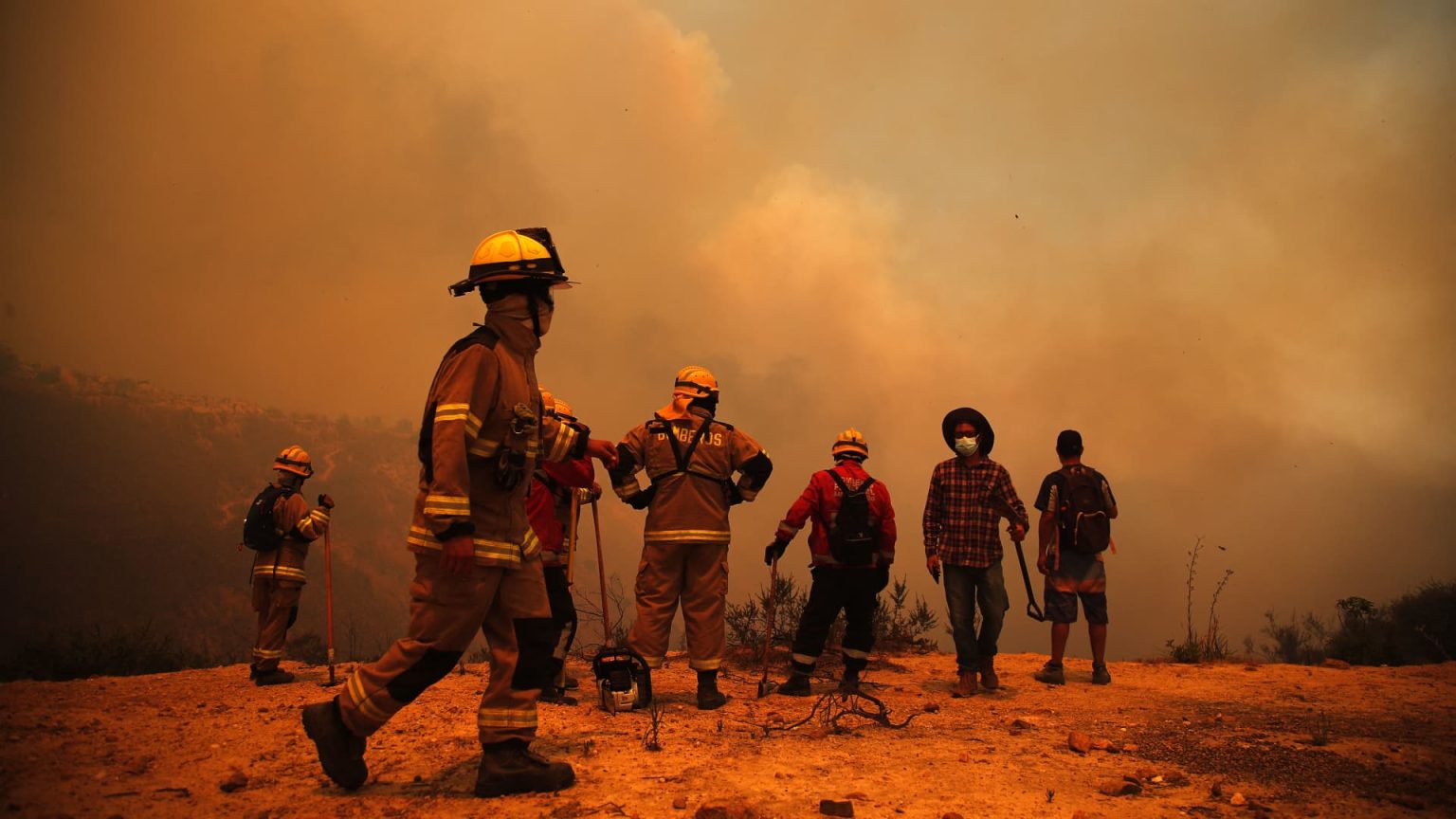A quiet revolution is taking place around the globe as local authorities appoint chief heat officers (CHOs) in cities to prepare residents for the increasing threat of extreme heat. Eleni Myrivili, the global CHO for the U.N.’s human settlement program, believes that extreme heat is often overlooked as a public health challenge due to its lack of visible drama compared to other weather events. Heat is the leading weather-related killer in the U.S., with more than 1,700 deaths attributed to heat-related causes in 2022. In Australia, extreme heat kills more people than bushfires, floods, and storms, highlighting the urgent need to address this issue.
In Miami, Florida, the first person appointed as a CHO was Jane Gilbert, who is focused on preparing the county’s population for extreme heat. Temperatures in Miami frequently exceed 90 degrees Fahrenheit, posing a significant risk to outdoor workers. Gilbert’s team is implementing measures to inform and prepare people for extreme heat, cool homes affordably, and reduce the urban heat island effect. By targeting at-risk demographics through marketing campaigns and installing efficient cooling systems in public housing, Miami aims to address the root causes of heat-related illnesses.
In Dhaka, Bangladesh, CHO Bushra Afreen faces challenges due to income inequality and the city’s fragile urban systems. By planting trees in informal settlements and creating green spaces, Afreen’s team is working to provide relief from excessive heat. Afreen emphasizes the importance of considering various factors, such as the type of trees to plant and providing amenities like water fountains and lighting in public spaces. Despite mixed reactions to their efforts, Afreen remains committed to raising awareness and improving heat resilience in Dhaka North.
Melbourne, Australia, has appointed co-CHOs Tiffany Crawford and Krista Milne to address the impacts of extreme heat in the city. Crawford highlights that heat-related deaths and illnesses in Australia often go unnoticed until health authorities analyze hospital and ambulance data. Melbourne experiences summer heatwaves that last for days, making it crucial to implement short-term interventions like extending public library and pool hours. Crawford’s team is also collaborating with Google to develop online-mapped “cool routes” for residents to navigate the city while staying in shaded areas. As heat becomes more pronounced, cities like Melbourne are adapting their strategies to plan ahead and protect their populations.
As cities grapple with the increasing threat of extreme heat, it’s clear that proactive measures are needed to address this silent killer. By appointing CHOs and implementing targeted strategies to inform and prepare residents, cities can mitigate the risks associated with rising temperatures. From installing efficient cooling systems to creating green spaces and developing innovative mapping tools, cities are taking steps to enhance heat resilience and protect vulnerable populations. As climate change continues to drive more frequent and severe heatwaves, it’s essential for cities worldwide to prioritize heat resilience and implement comprehensive strategies to safeguard public health and well-being.


